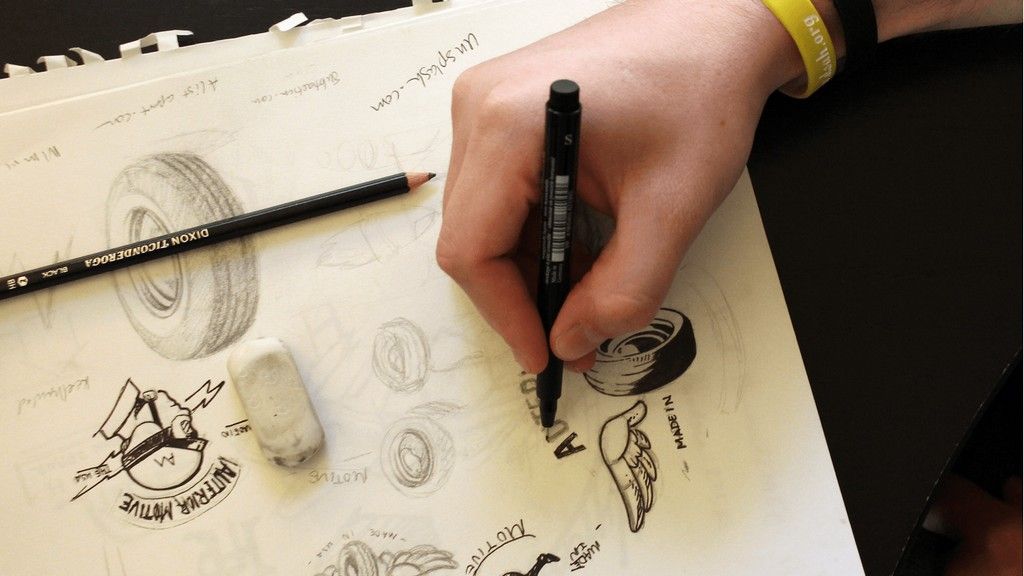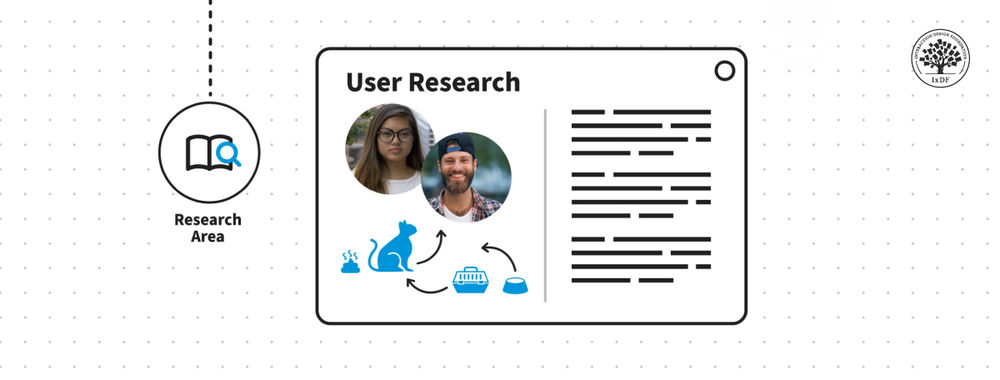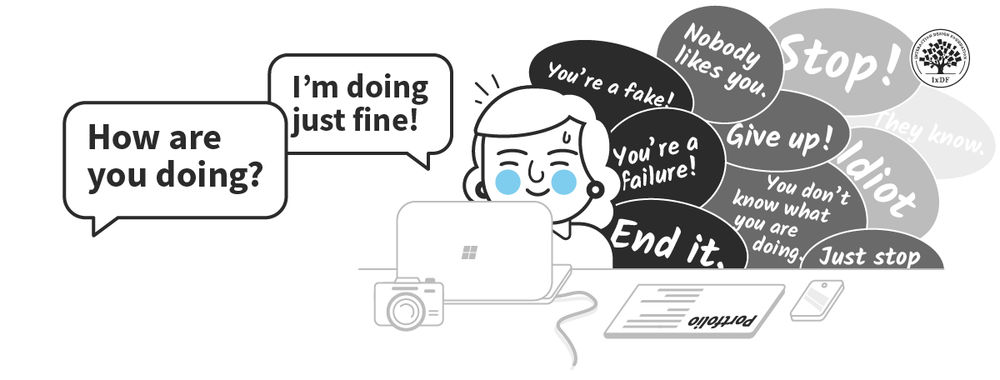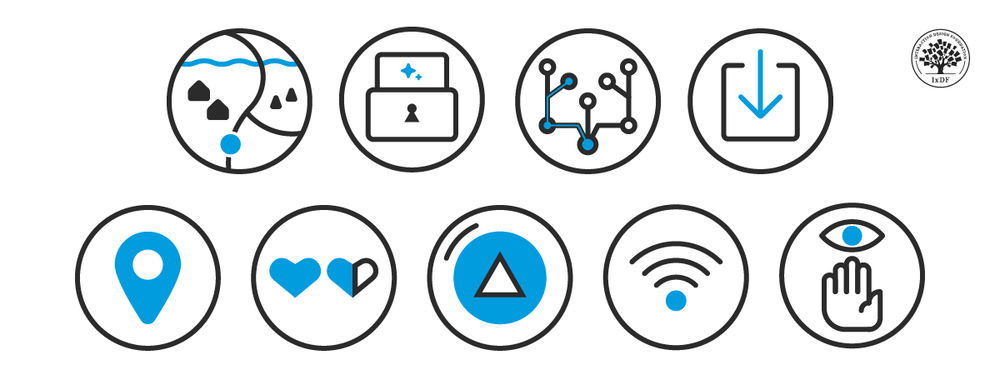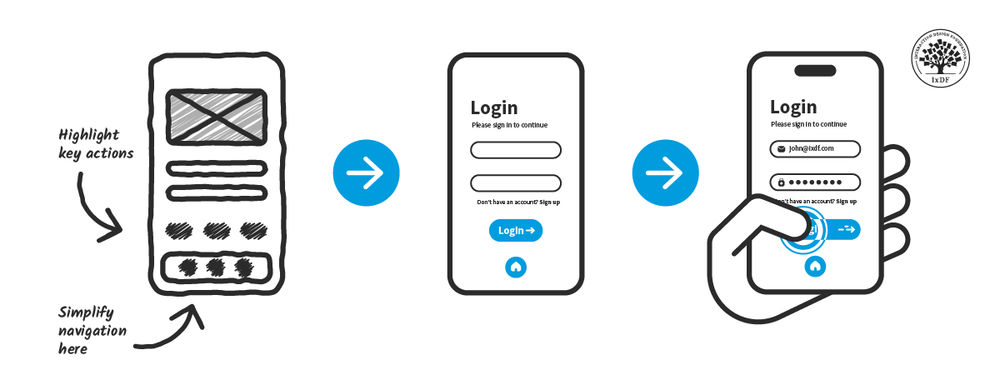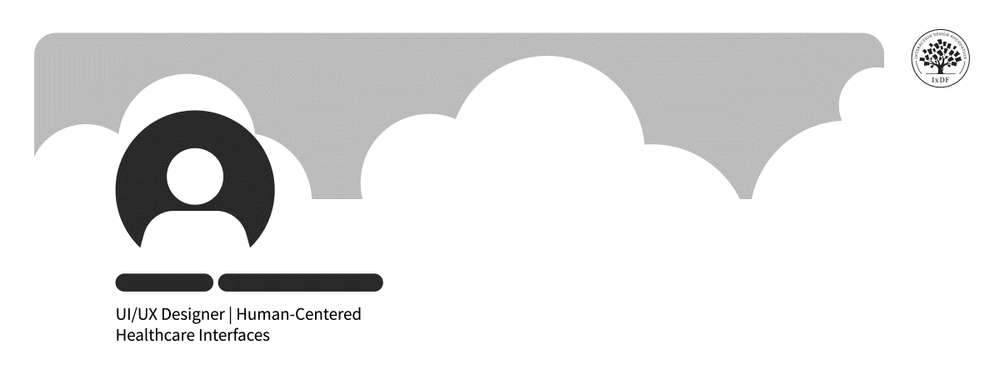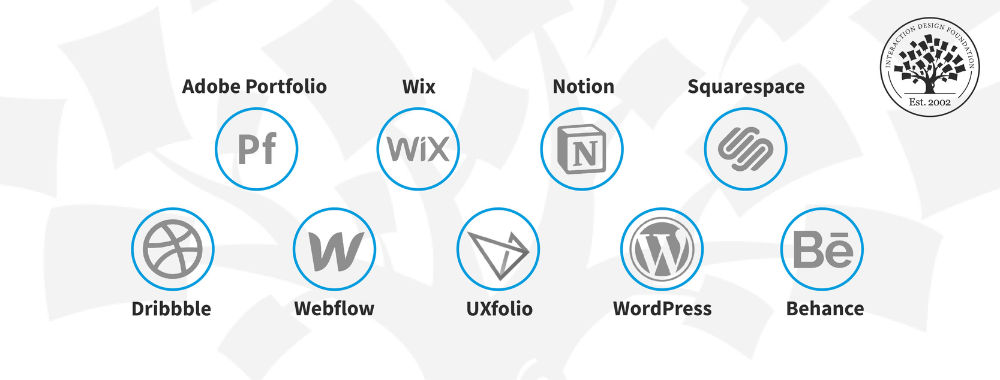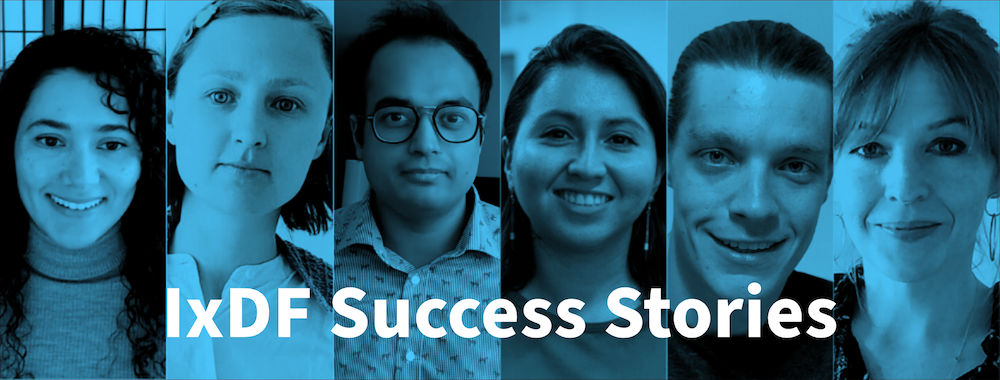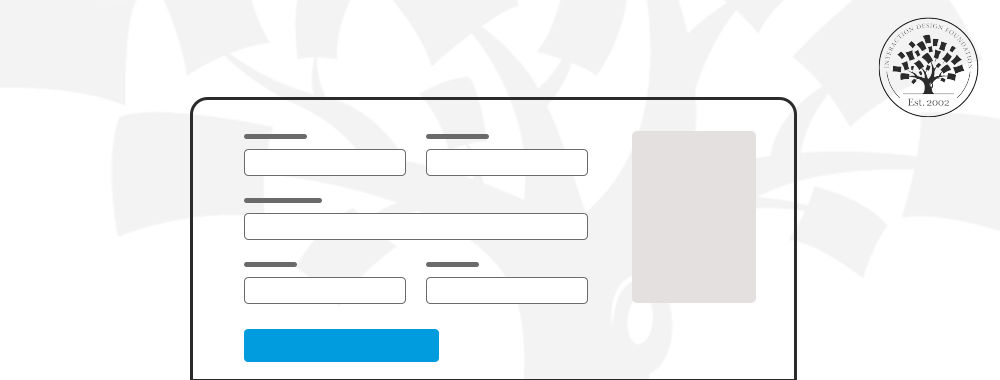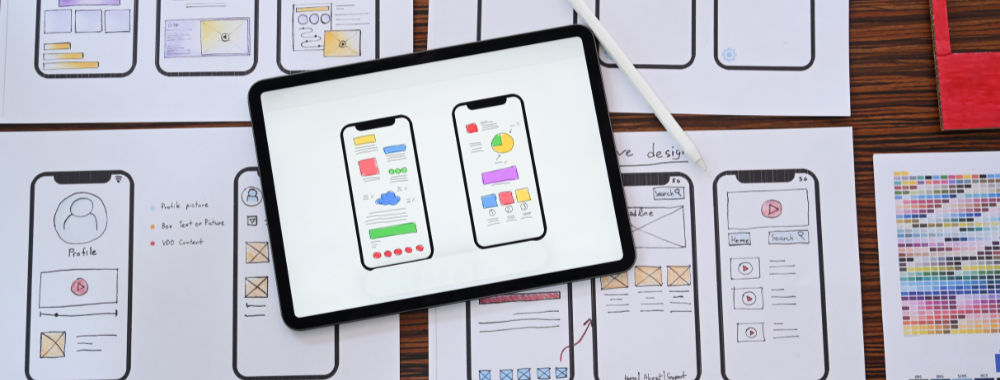If you want to promote your work widely – one of the easiest ways to make it shareable is to tell a story. Stories give your fans, potential clients and other interested parties a hook to grab their attention and to help them understand your work in context. So how could you go about that?
Visual Stories
If you work as a graphic designer or even as a UX designer it’s important to remember that a picture is worth a thousand words. You could use a series of images (with any client details carefully scrubbed from them) that tell a picture without words. You could then post these in your social media channel with hashtags that make them relevant.
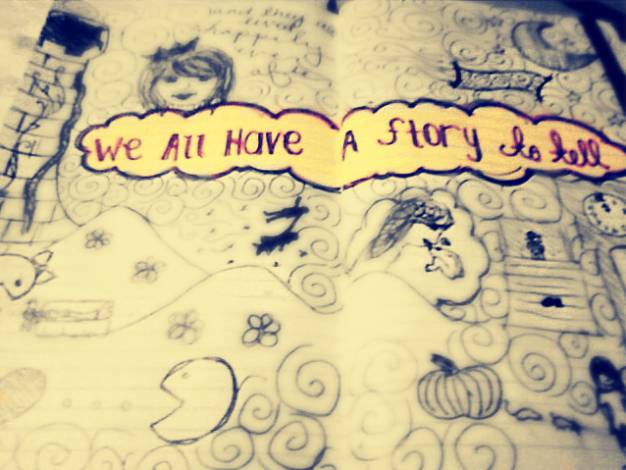
Author/Copyright holder: Magenta Rose. Copyright terms and licence: CC BY 2.0
The hashtags make it easy for people to find your work but remember they need to be hashtags that are relevant to the audience. Test a hashtag before you use it – how often is it used? How relevant are the results? The Interaction Design Foundation, for example, prefers people not to use the IxDF hashtag; why? Because it’s more commonly associated with the Israeli Defence Force and our content is not relevant to that group.
The Greater Story
Those visual stories could then link back to your blog where you are able to use a few more words to tell the story in a bit more depth. Don’t forget to include the:
- Who? Who was involved in the project? Who was the project for?
- What? What problem did you intend to solve?
- Why? Why was the problem important?
- Where? Where was the work used? Where were the user pain points?
- How? How did you approach the problem?
- When? What timescales did you need to tackle the problem?
Of course, the precise details are going to depend on the project and your sphere of specialism but you can’t tell a story without details. The best stories are going to be about solving business problems; that’s why our clients hire us – to solve their problems. Don’t focus the story on you as much as the issue in hand.
Remember Your Audience
Your stories should have a specific target audience. Who are you trying to reach? There’s a big difference between the kind of story a CEO or COO might want to read and the story that a fellow creative might want to read. The level of detail is going to change dramatically between the two. A CEO might want to understand the impact on the bottom line and a fellow creative might be far more interested in the details of the techniques you used.
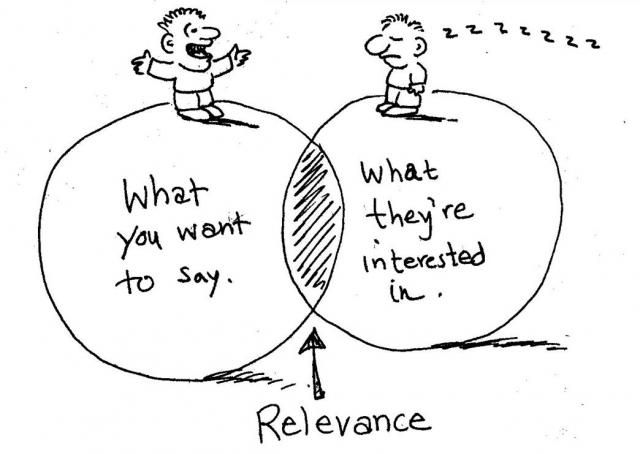
Author/Copyright holder: Unknown. Copyright terms and licence: Unknown Img source
You can always craft different variants of the same story if you need to reach 2 or more audiences – the joy of web space is that it’s cheap and easy to use. It’s much better to convey a single message in any given story than to try and foist dozens of messages in the hope that you’ll hit every reader in one go.
Header Image: Author/Copyright holder: Woodlands Ad Agency. Copyright terms and licence: All rights reserved. Img Source
